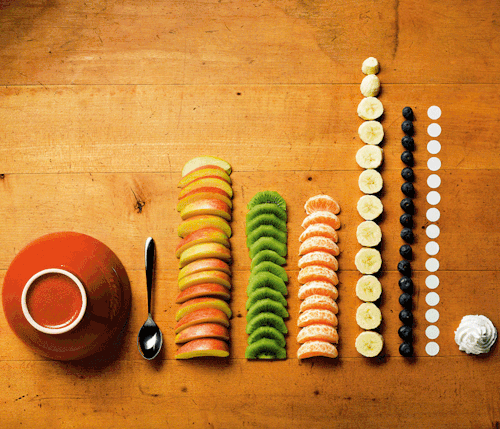Today I realised that math has been completely and totally misrepresented to me in my own early childhood and school days. The top famous words that came together with math for me then were, "formula", "working", "memorise", "model drawing", "method". It made me think that the goal of math was to have you never fully understand what it really is. The imagery of having a classroom full of students perplexed with "memory work" and "formula" for the purpose of algebra, trigonometry and all that jest seemed illogical to me. Math was painted as a rigid and straight square with only a one way track of finding your answers to a particular question. I often gave up because the task to find that "one way track" was too obscure and hidden. Instead of answers I had more questions. "Why do I have to do it this way", "Why does the unknown have to be x"... I wanted to understand math and why it worked only a certain way but today I learnt that the broad goal of math at the end of the day actually is to provide life skills that are competent in the 21st century. There you have it - plain, nice and simple without complication.
It was an eureka moment for me to learn that ultimately, the goal of math is to create thinking and problem solving skills such as these:
- Communication
- Reasoning
- Justification
- Representation
- Generalization
- Identifying patterns
- Making connections
- Making relationship
- Development of number sense
- Visualization
- Meta-Cognition (the part of the brain that monitors thinking)
- Managing information
- Overcoming weaknesses
I also enjoyed the presentation of long division in a different way - the traditional way of 651 divided by 3 versus the other method where 651 was further broken down to 600, 30 and 21 to be divided by 3. Dr. Yeap presented the traditional long division method in a hilarious way ("This is how you do it, don't ask why...", "Just bring the number down, yes, because I say so...", "We are doing division but you must know your multiplication also", etc) and it brought back memories of the way of how I was taught to do long division in primary school too! I am so glad it is not taught the traditional method in school now, because it makes so much more sense and it allows children to think further beyond a set of given "dos" and "don'ts". It makes math come alive.
"We are not teaching Mathematics. We are teaching children." Dr. Yeap (2011).What stuck with me from this lecture is that when children learn math, this principle has to be observed.
- CPA - Concrete, Pictorial, Abstract by Jerome Bruner who was a constructionist, believing that children construct ideas by going through concrete details, pictorialization and then finally abstraction.
At the end of the day, Mathematics (and all subjects, for that matter) is a vehicle for thinking. It is not the destination. As teachers, we need to bear this in mind so children can in time realize it too for themselves and thus as a result, the broad goal of math will be accomplished.
